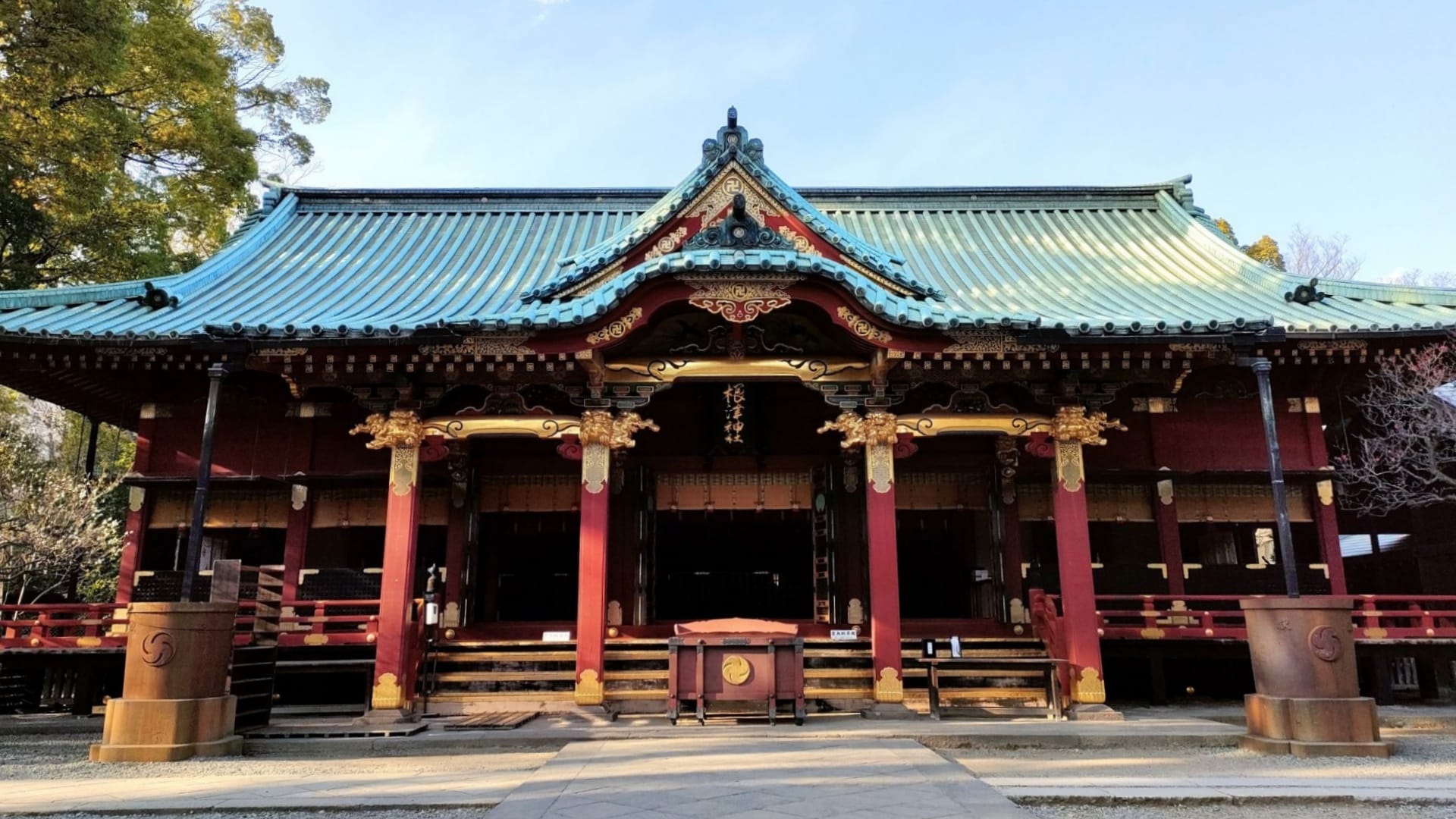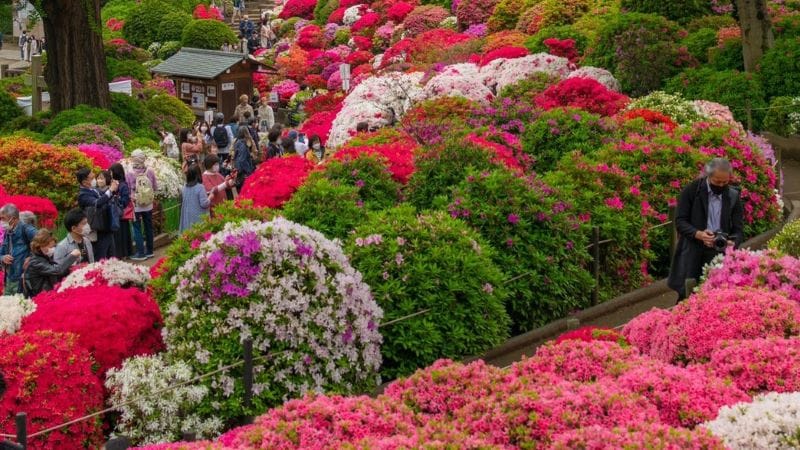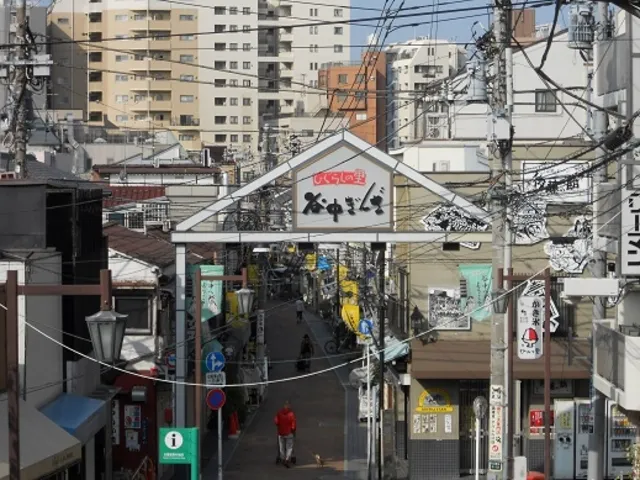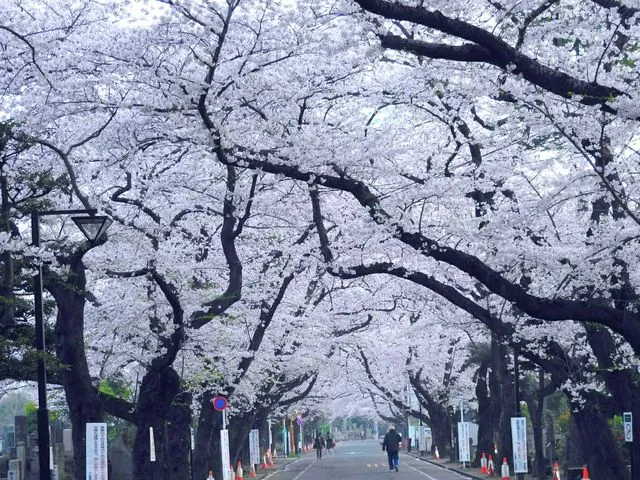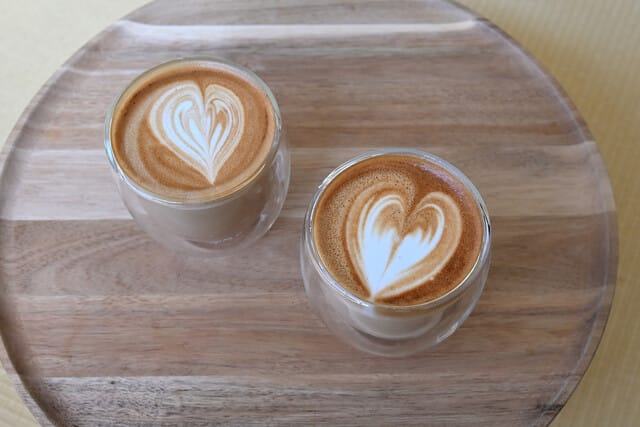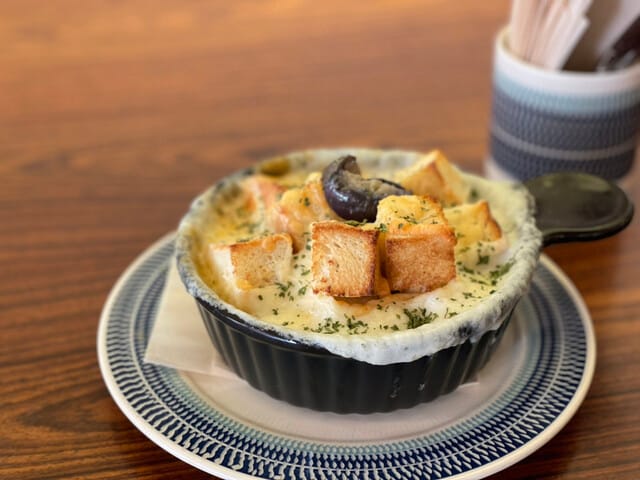When you visit Tokyo, you often end up just looking up at the tall buildings. But why not find some healing in the retro charms of old Japan amidst all the modernity? While areas like Shinjuku and Shibuya are undergoing redevelopment, the Yanaka area retains its retro townscape. There is Nezu Shrine which is one of the sightseeing spots in the Yanaka area.
Nezu Shrine is rich in nature, with its azalea garden becoming lively during the azalea season. You can also stroll through the many torii gates that stand in rows. I visited during the peak azalea viewing season, and the beauty of the azaleas was truly exceptional. "Just seeing them in photos doesn't do them justice." When you visit the Yanaka area, I highly recommend stopping by the thoroughly charming Nezu Shrine.
3 Highlights of Nezu Shrine
Source: Official website
While Nezu Shrine has many highlights and is a wonderful place to take a breather amidst the city, it's not actually that popular of a spot when you ask around.
However, just by knowing a little information about Nezu Shrine, your evaluation of it will change dramatically. With its beautiful nature, torii gates, buildings, scenery – each aspect is stunning, and the shrine also holds great historical value. Here are three particularly recommended points.
1. The "Thousand Torii Gates" Leading to Otome Inari Shrine
Source: Official website
The torii gate tunnels of Fushimi Inari in Kyoto are exceptionally popular as a sightseeing spot in Japan. Surely many people wish to walk amidst all those torii gates? The "Thousand Torii Gates" leading to the Otome Inari Shrine within Nezu Shrine are just like those of Fushimi Inari in Kyoto.
After passing through the torii gates, you arrive at Otome Inari Shrine itself, situated at a high elevation allowing you to look out over the entire shrine grounds. The view of the shrine from this high vantage point is truly breathtaking.
The torii gate path also continues from the Komagome Inari Shrine side. Entering from the north side and passing through the gates from north to south is said to help purify negative energies, so the route from Komagome is also recommended.
2. The Azalea Garde
Source: Official website
The azalea garden that opens during the peak viewing season in April is a sight to behold. It's only open to the public during the Bunkyo Azalea Festival period. With 3,000 azalea plants of 100 varieties, you can enjoy the transition from their initial green buds all the way to the late bloomers. You can check on the blooming status on Instagram.
However, be aware that entry may be restricted during busy periods due to overcrowding.
While the open period is short, I highly recommend visiting Nezu Shrine during azalea season.
<Basic Information>
Open Period: Every April
Admission: 500 yen (subject to change)
Hours: 9:30am - 5:30pm
3. Seven Nationally-Designated Important Cultural Properties
The Nezu shrine was completed in 1706 and has seven main buildings and gates, none of which are still standing and every single one is designated an Important Cultural Property by the Japanese government. All these structures are built in the gongen-zukuri architectural style and coated in lacquer, making them exceptionally rare and beautiful.
Among them, the two-story gate seen upon crossing the bridge after approaching from the main approach is particularly precious. It's the only remaining such gate from the Edo period still standing in Tokyo, continuing to exist unchanged for over 320 years. I implore you to come feel the beauty and sacred power of this enduring structure.
How to Enjoy Nezu Shrine
Draw an Omikuji Fortune
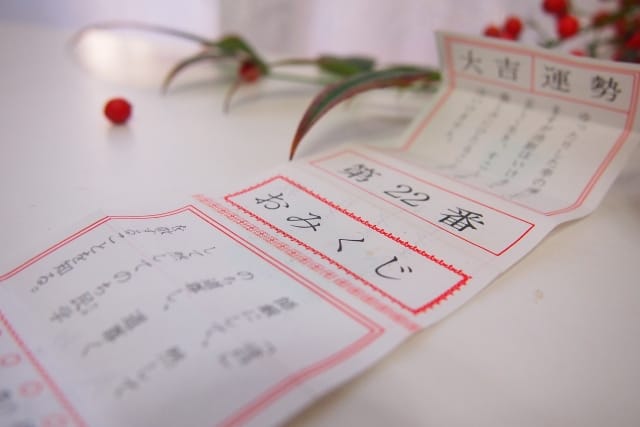
When visiting a shrine, trying your luck with an omikuji fortune is a must. Omikuji involves drawing a numbered stick and then receiving a paper fortune corresponding to that number which reveals your luck. I always draw one when visiting shrines for hatsumode (the first shrine visit of the New Year).
Many people keep good fortunes in their wallets and tie bad ones at the designated areas before leaving. But in reality, you can take them home regardless of whether they're good or bad – keeping your fortune makes for a nice memento of your shrine visit.
Nezu Shrine's omikuji fortunes are available in four languages (Japanese, English, Korean, and Chinese), so be sure to try your luck!
Receive a Goshuincho Stamp
Collecting “goshuin” (shrine/temple stamp) is popular among Japanese people. You can indeed receive stamps at Nezu Shrine as well. A”goshuin” is a stamp received as proof of visiting a temple or shrine, with the name and date often handwritten above the stamp itself.
If you have a goshuin-cho (booklet), you can collect stamps from the various temples and shrines you visit all across Japan.
At Nezu Shrine, you only receive the stamp itself, so you'll need to paste it into your goshuin-cho later on your own. For those who enjoy visiting temples and shrines, keeping a goshuin-cho makes for wonderful mementos.
Access from Yanaka Ginza Area & Ueno
Address: 1-28-9 Nezu, Bunkyo City, Tokyo 113-0031
By train, Nezu Shrine is a 5-minute walk from Nezu Station or Sendagi Station on the Tokyo Metro Chiyoda Line. It's located roughly halfway between the Yanaka Ginza area and Ueno Park, about a 15-minute walk from either.
Business Hours & Admission
Note that the hours when the shrine gates open differ from the hours of the office selling omamori charms and omikuji fortunes, and the hours also vary by season.
While admission to the shrine itself is free, there is an entry fee for the azalea garden only.
[Gate Opening Hours]
- November - January: 6:00am - 5:00pm
- February: 6:00am - 5:30pm
- March: 6:00am - 6:00pm
- April, May, September: 5:30am - 6:00pm
- June - August: 5:00am - 6:00pm
- October: 5:30am - 5:30pm
[Office Hours]
- November - January: 9:30am - 4:30pm
- February, October: 9:30am - 5:00pm
- March - September: 9:30am - 5:30pm
[Admission]
Free (Azalea Garden only: 500 yen)
Recommended Spots Around Nezu Shrine
Yanaka Ginza Shopping Street
Source: Jaran
Yanaka Ginza Shopping Street (yanakaginza syoutengai) is about a 15-minute walk from Nezu Shrine, with around 60 shops lining the compact 170-meter street consisting mainly of long-standing privately-owned stores.
The Yanaka area is known as the "Cat Town" for its abundance of cats. Befitting this, the official character of Yanaka Ginza Shopping Street is a cat named Sen-chan. Not only can you spot real cats roaming around, but many shops also display cat-themed goods.
At just 170 meters long and with plenty of food vendors, it's a great street for eating your way through. My recommendation is the juicy Yanaka menchi (meat croquette) from Niku no Satō. With so many chances to see cats, take a stroll, and enjoy gourmet food, Yanaka Ginza Shopping Street offers plenty of enjoyment.
Yanaka Cemetery
Source: Jaran
About a 17-minute walk from Nezu Shrine is Yanaka Cemetery. The northern side is elevated, allowing views of the Tokyo Skytree. Though a cemetery, it's filled with trees and flowers giving a bright atmosphere. Many famous figures are interred here, making it a serene, tranquil spot.
Being part of the cat-filled Yanaka area, you also have a good chance of encountering cats here, as the quiet cemetery provides an inviting environment for them. The cemetery is also known as a famous cherry blossom viewing spot, with a "Sakura Street" tunnel of blooms during season - a must-visit when the cherry blossoms are out.
Cafes Around Nezu Shrine
ATCHA & ESPRESSO MIYANO-YU
Source: Tabelog
About a 6-minute walk from Nezu Shrine is the cafe "ATCHA & ESPRESSO MIYANO-YU". This cafe was renovated from a 70-year-old public bathhouse, retaining original features like the large smokestack outside, tiled floors, faucets, lockers, and shoeboxes that faintly echo its onsen origins. A place once beloved as a bathhouse has been reborn as a new community hangout.
But it's not just about looks - they also focus on quality coffee beans, with a menu centered around authentic espresso. The flat white (espresso with milk) is highly recommended.
<Store Information>
- Address: 1C SENTO Bldg., 2-19-8 Nezu, Bunkyo-ku, Tokyo
- Closed: Irregular
- Phone: 03-6822-9205
- Hours: 11:30am - 6:30pm (Open from 10am Sat & Sun)
- Website: https://www.miyanoyu.tokyo/
Tsumugu Cafe (Recommended for the Pang Gratin)
Source: Tabelog
"Tsumugu Cafe", just a 3-minute walk from Nezu Shrine, is very accessible. Their signature dish is the pang gratin (bread gratin).
The bread uses Hoshino natural yeast, and even the bechamel sauce, meat sauce, and bacon toppings are all housemade for a meticulously crafted taste that will warm your heart.
In addition to the handmade desserts, they offer coffee, tea, and original drinks - I recommend the housemade ginger ale.
<Store Information>
- Address: 2-8-3 Sendagi, Bunkyo-ku, Tokyo
- Closed: Sundays (irregular closures)
- Phone: 03-5834-3883
- Hours: 11am - 7pm (Last order 6pm)
- Website: http://tsumugucafe.com/
With its beautiful "Thousand Torii Gates" and the azalea garden open in April, Nezu Shrine offers delights enriched by learning of its history stretching back to the Edo period. The Yanaka area surrounding Nezu Shrine has more to explore, like the retro Yanaka Ginza area with its shopping street and cafes.
For those looking to experience all Yanaka has to offer efficiently, I'll introduce a recommended tour to conclude. It starts from Nezu Station, visits Nezu Shrine, passes through a historic cafe, continues with a walk through Yanaka Ginza, and ends at Yanaka Station - allowing you to fully immerse in Nezu Shrine's beauty and Yanaka's retro townscape. It's the perfect way to make the most of your time in this nostalgic area.

